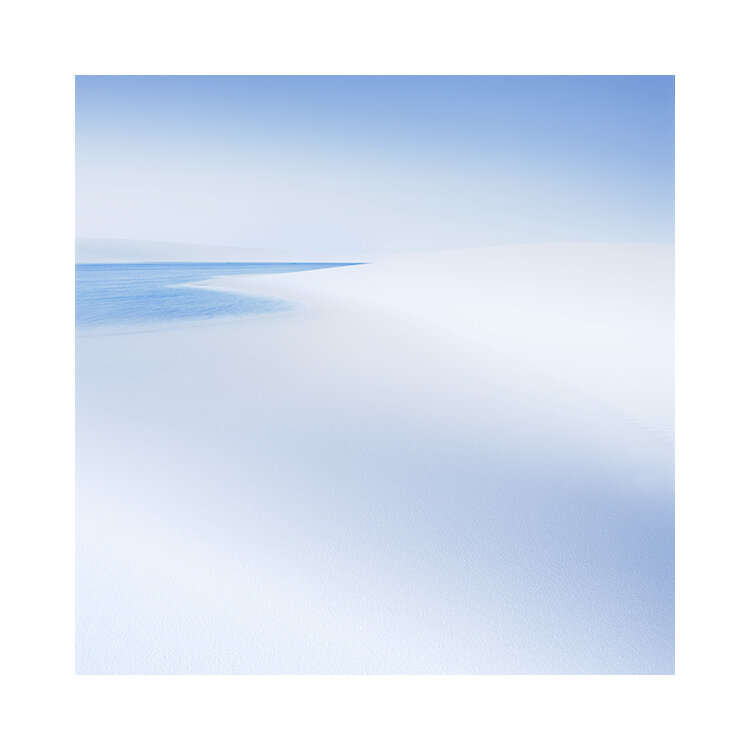I persevered yesterday. Despite feeling that there were no more images in the set of films I had which showed any promise, turns out I was (gratefully) wrong.
A lesson to myself, that I know all too well:
“There is always more than I saw. There is what I cannot see as yet.”
Which is a repeating story for all of us.
I have come to notice there are repeating patterns to my own progress. Particularly so with portfolios. This is what I think the typical workflow and thought process is for me:
LOW MOMENTUM
A feeling of being overwhelmed by so much work to go through.
Procrastination. Worried that if I start on the wrong foot, the work will be derailed.
Sitting on the work for a while, letting it simmer in the back of my mind.
When I start work, I tend to go looking for the really magnetic, powerful images. There are usually if I’m lucky about two or three images out of the entire set that I feel are the best.
MEDIUM MOMENTUM
Once I’ve edited this core set of images, I get a feel for how the entire set should look. This drives me forward in what I choose next to add to the set. I find I am theme driven rather than picking secondary images that just look good on their own.
I edit the complimentary images to suit the core images.
HIGH MOMENTUM
As I add new images to the ‘core set’ I start to gain a sense of confidence in the set.
I edit the complimentary images to fit the core set. But I also now re-tune the core set of images to fit the complimentary images.
There is now a high degree of symbiosis between the original core images and the newly added images. They are working together and they influence each other in terms of further tuning and editing.
I find other images to edit which will compliment well the existing set. As the existing set is starting to take shape, I am able to see more clearly which unedited images will compliment the set.
LOW MOMENTUM
I start to run out of unedited images to fit the set.
I try a few and some work, and some don’t. I start to feel a loss of interest for some of the unedited work, and although there are still some very interesting images, I just don’t feel they warrant further exploration or even any attempt to edit them.
I finish the portfolio, but I still feel there is work left undone that if I tried very hard, I might get some further good images to compliment the set. But by this point, I’m feeling that I’ve gone as far as I can go, and my interest levels are really depleted.
ZERO MOMENTUM
The portfolio feels complete. I have a full story. It’s rounded, feels balanced, and it’s so set in stone now that I can’t see anything else I want to do with it. I park it. It’s done.
By point 14, I’m well aware that points 12 and 13 could have shown me more work that may have been of value had I persevered. But I do also recognise that my heart by this point, just isn’t interested now. I’m probably tired of working on the set, and I feel I have enough images to make a decent portfolio.
I have learned, as we saw above at the very start of this post, that there are often hidden gems left in the unedited material. It may be worth going back to them a few weeks / months later to see what is there. With some distance and a fresh perspective you may be able to pick out images that will compliment the set. But there are two things we should consider when doing this:
1) The original edited set was a performance. It has a look and a style to it that is partly due to how you were on the days you edited them.
2) resuming work on a completed set of images that have a strong style and approach later on, can be difficult. You aren’t the same person, and you’ve also lost sight of what it was that drove you to edit the work in a particular way in the first instance. You cannot regain it easily, and if you do, it will most probably be through trying several attempts, in which you gain some insight into what it was you were doing originally to make the images look the way they do.







